AO Edited
Weiler Building
A former military hospital is now used to study and preserve artifacts of the Acropolis.
In 1834, Athens was a small city of 7,000 residents. When Athens was declared the new capital of Greece on September 18, 1834, a large building boom soon followed. A plot of land in the Makrigianni area, near the Acropolis, was selected for a military hospital. Bavarian military engineer Wilhelm von Weiler designed the building and did so in a German Neo-Romantic style. Construction began in late 1834 and was completed in 1836. The finished military hospital was three stories tall with a large basement and an exterior of coated stone masonry.
An assassination attempt on the prime minister, the death of King Alexander from a monkey bite, and territorial disputes all led to an increase in the resources needed by the Royal Gendarmerie so the building was converted to regimental barracks in 1920.
In 1944, the building fell victim to the Dekemvriana (December events), a 37-day period of fighting in the streets of Athens between British forces supporting the Greek government and communist rebels (who had fought alongside British troops against the Germans just months earlier). The building was badly damaged, with a large portion of the coating destroyed, exposing the stonework. Following the Dekemvriana, most of the remaining coating was removed and the majority of the building exterior was left as exposed stonework.
In 1978, the building was turned over to the Ministry of Culture. Use by the ministry was limited until a full renovation was completed between 1985 and 1987. After renovations were complete, the building was inaugurated by the late Minister for Culture, Melina Mercouri, as the Museum of the Center for Acropolis Studies.
The center now contains as original terracotta architectural remains from the Acropolis, a series of plaster casts depicting successive uses of the Acropolis from prehistoric Neolithic times to the 18th century, and numerous other important artifacts.
Know Before You Go
The center is not open to the public and entry into the building is restricted. It must be admired from the outside.

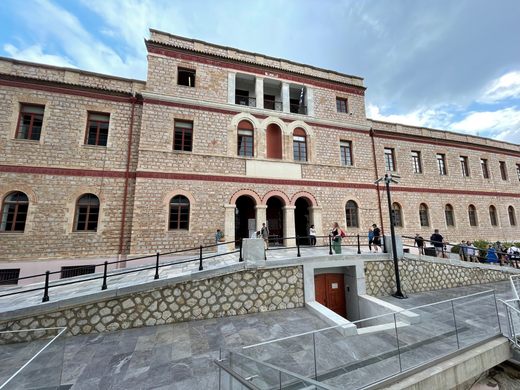
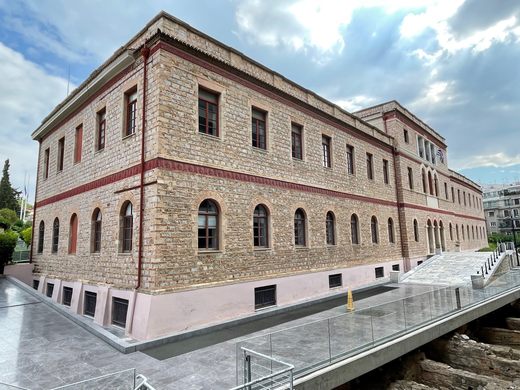
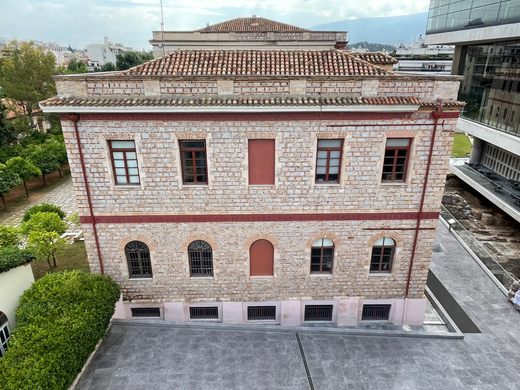
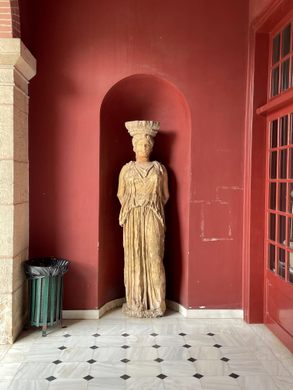
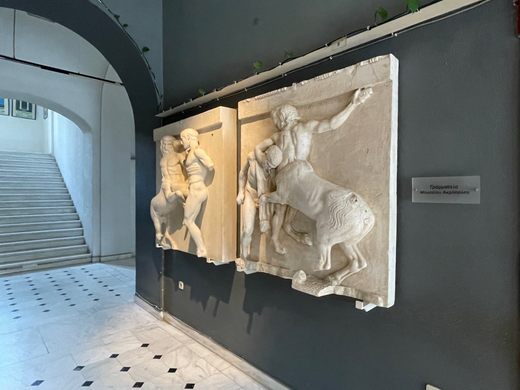
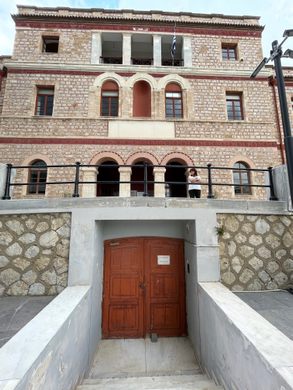
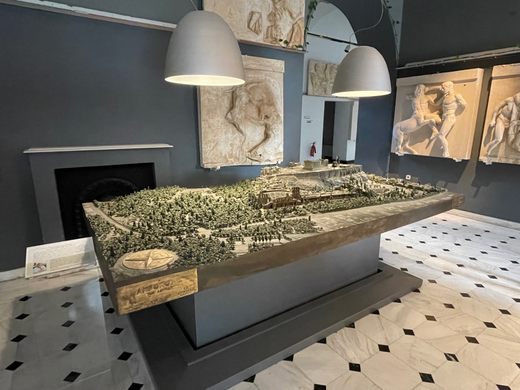
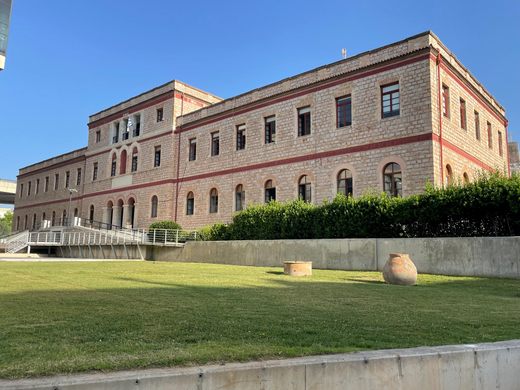
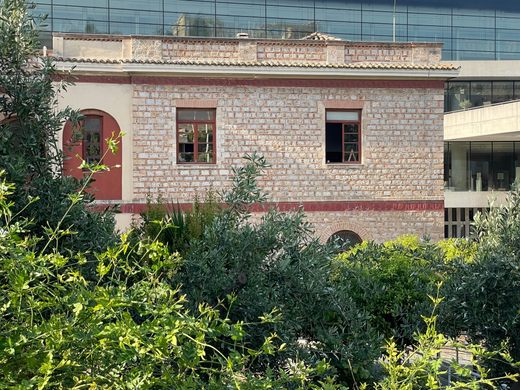
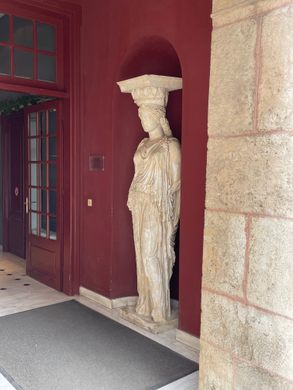
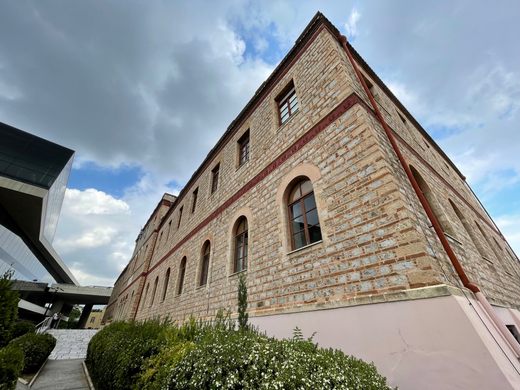




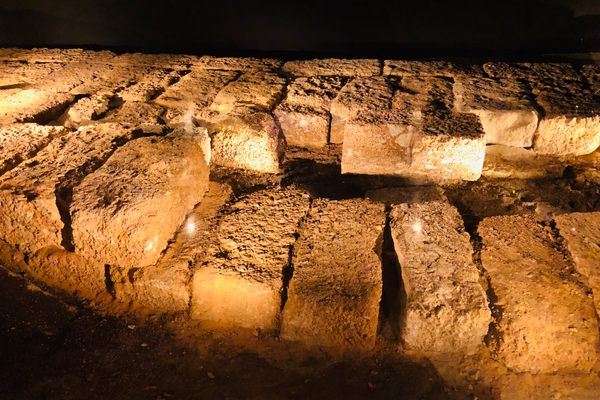


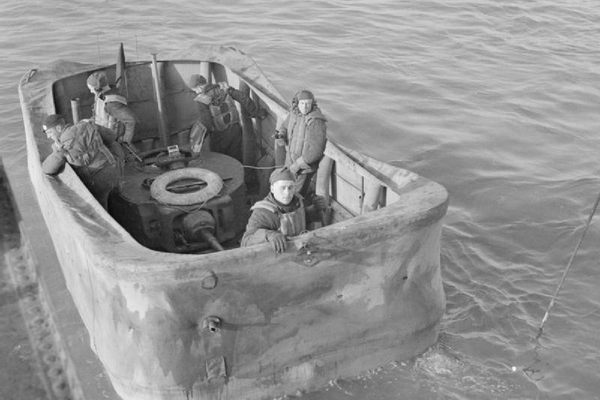



Follow us on Twitter to get the latest on the world's hidden wonders.
Like us on Facebook to get the latest on the world's hidden wonders.
Follow us on Twitter Like us on Facebook